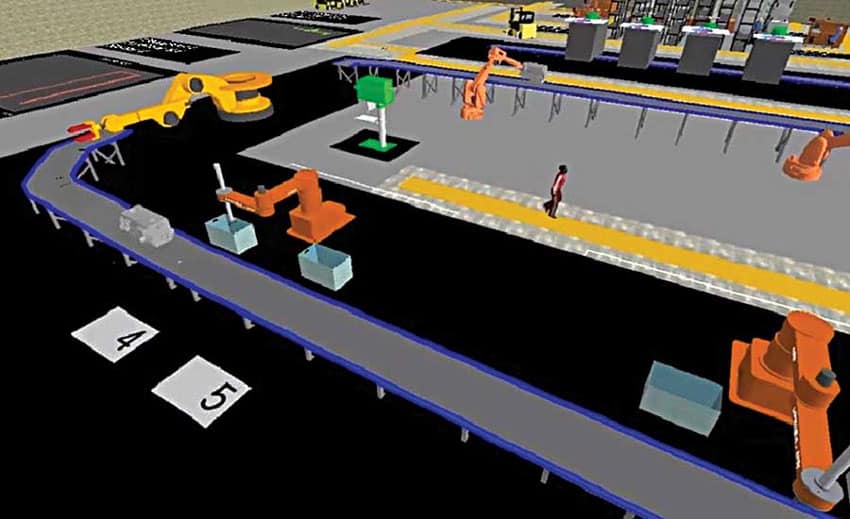

Īfter we have obtained a relative frequency distribution, selecting the possible probability distribution from which it may be derived becomes a matter of judge and experience. The relative frequency in each interval is then the observed frequency count in each class divided by the total number of data points. If the variable is continuous, we break the range of values into equal interval or class. If we are dealing with a discrete variable, we record the frequency occurring within which each individual value occurs. To test the compatibility of a set of observed frequencies with some theoretical frequency, we must first identify the theoretical distribution we wish to try. For example, the time between arrivals and the service times generated must allow for something other than uniform distribution rounded to the nearest whole number. To simulate real-world systems adequately, we must also be able to generate behavioral characteristics that are realistic. The system has two random variables and if a large number of readings need to be generated, a computer is needed for generating the random variables and for doing the bookkeeping. A single die can be used to generate service times. The time required to service a customer be uniformly distributed between 1 to 6 minutes. This is obtained by means of a spinner dial (such as those used in some board games). The time between the arrival of customers is uniformly distributed from 1 to 10 minutes.

Suppose we have a single-channel queuing (waiting line) system, such as a checkout counter in a drugstore. Let us consider a simple simulation model. This in turn could provide a springboard for building up complex real world models. This would help the beginner to understand the basic concepts necessary for building a simple model. This article presents some important features of the ARENA 3.0 software.

No longer regarded as the approach of “last resort” it is today viewed as an indispensable problem-solving methodology for engineers, designers, and managers. In an increasingly competitive world, simulation has become a very powerful tool for the planning, design, and control of systems. Simulation is one of the most powerful analysis tools available to those responsible for the design and operation of complex processes or systems. He has been working at The AnyLogic Company for more than ten years and has a deep and extensive knowledge of simulation and AnyLogic.Example Simulation Models V. Ilya Grigoryev has been a simulation consultant to several organizations. He has given numerous public training sessions in the U.S., Europe, Africa, and Asia. He is the author of AnyLogic documentation and AnyLogic training courses. Ilya Grigoryev is Head of Training Services at The AnyLogic Company. You can consider this textbook as your first guide for studying AnyLogic and simulation. This book also gives some simulation theory and illustrates different modeling methods. Marketing research (consumer choice model).
#Anylogic simulation examples software
The core of the book consists of four practical examples, covering all the main software functionality and allowing the users to get to know the basics of modeling and simulation with AnyLogic. This modeling and simulation book can be downloaded as a pdf. The freely supplied software gives readers the ability to follow the steps provided in the tutorials and learn simulation by practice. It contains simulation theory and educational examples for all three model-building methods: agent-based modeling, discrete event modeling and system dynamics.
#Anylogic simulation examples free
The book is ideal for studying computer simulation and modeling with the free AnyLogic Personal Learning Edition. This simulation book is designed for use in self-education and in university. This is a practical textbook on AnyLogic simulation software from its developers.


 0 kommentar(er)
0 kommentar(er)
